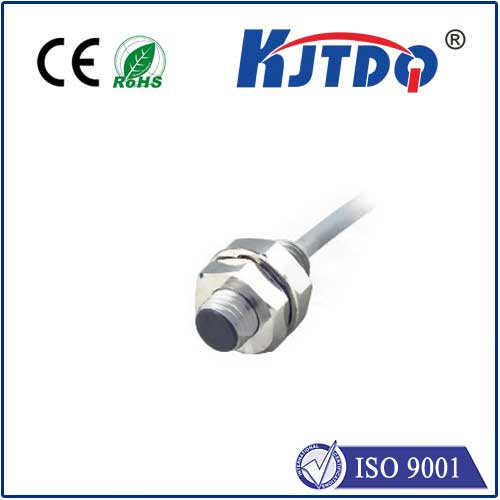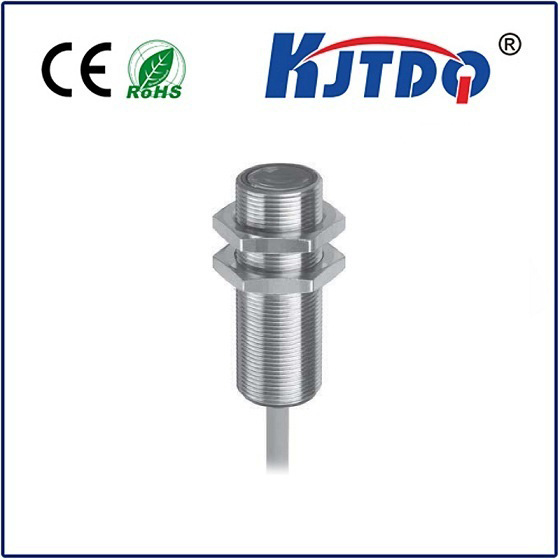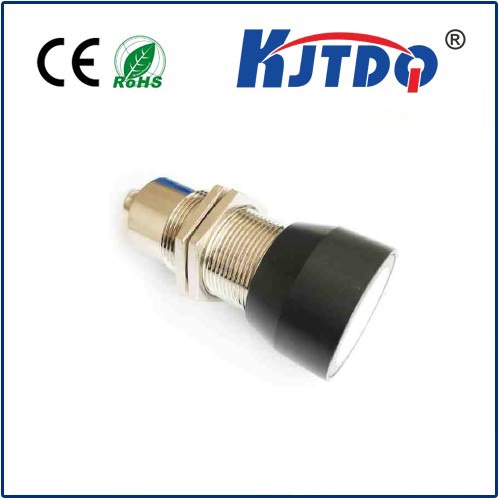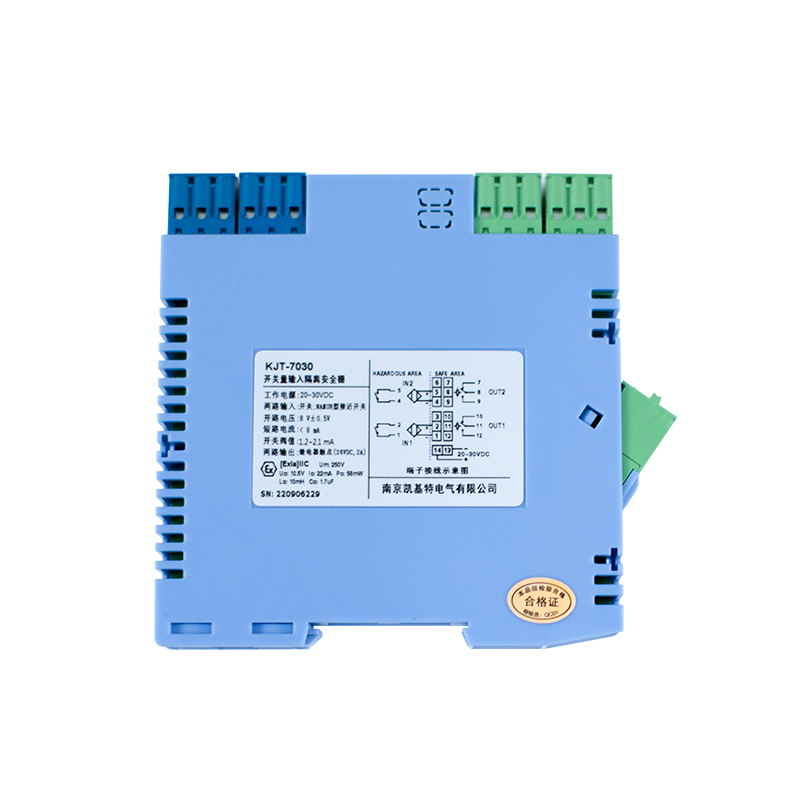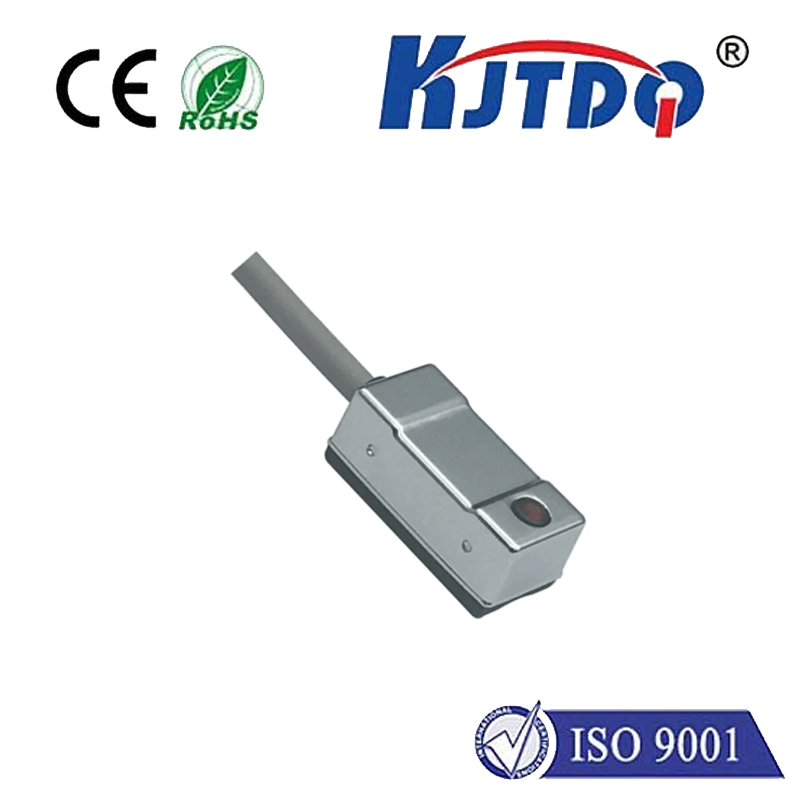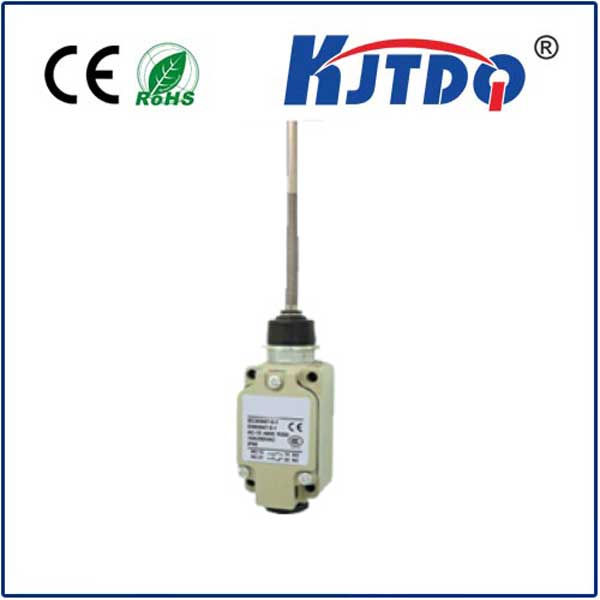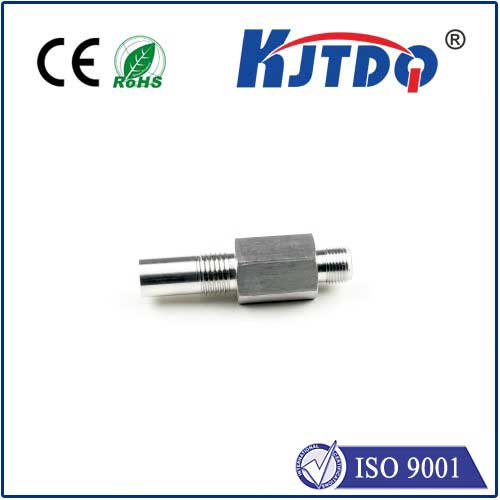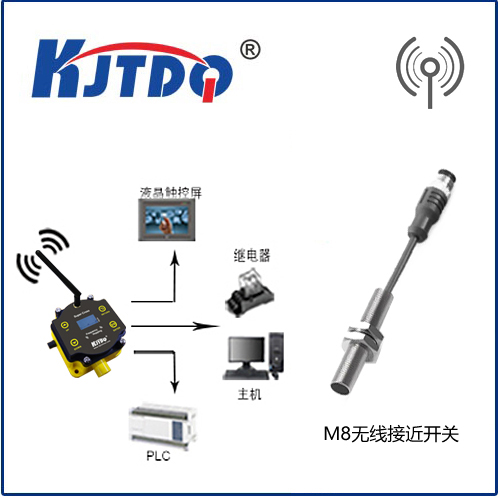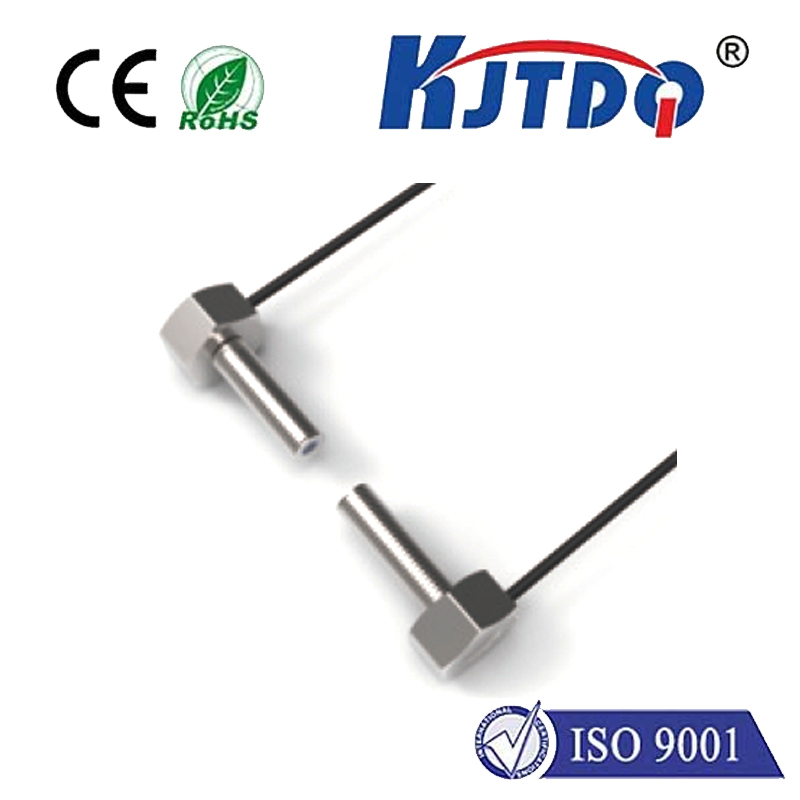

check

check

check

check

check

check

check

check

check

check

Exploring the Hall Effect Gear Tooth Sensor: An In-depth Analysis” The Hall effect gear tooth sensor is a fascinating piece of technology that has revolutionized various industries with its precision and reliability. This article aims to delve into the inner workings of this remarkable device, shedding light on its construction, functionality, and the myriad of applications it boasts. Understanding the Basics At its core, the Hall effect gear tooth sensor functions based on the Hall effect, a physical phenomenon discovered in 1879 by Edwin Hall. When an electric current passes through a conductor in the presence of a magnetic field, it experiences a force known as the Lorentz force. This force creates a voltage difference across the conductor, perpendicular to both the direction of the current and the magnetic field. The Hall effect gear tooth sensor takes advantage of this principle to detect the presence and position of gear teeth. Construction and Working The Hall effect gear tooth sensor comprises a semiconductor material sandwiched between two metal contacts, forming a simple circuit. As a gear rotates, the passing teeth create localized changes in the magnetic field. The sensor responds to these alterations by producing an electrical signal whose frequency matches the rotation speed of the gear. By analyzing this signal, one can accurately determine the gear’s velocity, direction, and even the number of teeth on the gear, offering a wealth of information about the mechanical system in operation. Applications Across Industries One of the standout features of the Hall effect gear tooth sensor is its versatility. In automotive engineering, it plays a critical role in Anti-lock Braking Systems (ABS) by monitoring wheel speed in real-time. Similarly, in electric vehicles, it contributes to traction control and battery management systems. Beyond autos, these sensors are instrumental in industrial automation for process control, wind energy generation for tracking blade position, and in aerospace for monitoring engine health parameters. Their non-contact nature makes them ideal for harsh environments where mechanical wear and tear would be detrimental. Advantages and Considerations Hall effect gear tooth sensors offer several advantages over traditional contact-based sensors, such as greater durability due to their non-contact measuring technique, higher immunity to environmental interference, and excellent performance at high speeds. However, they also come with considerations like sensitivity to temperature fluctuations and potential interference from external magnetic fields, which necessitates careful system design and calibration. Future Prospects With ongoing advancements in semiconductor technology and electronics miniaturization, we can anticipate even more refined and capable versions of the Hall effect gear tooth sensor. Emerging fields such as the Internet of Things (IoT) and smart manufacturing could significantly benefit from these innovations, paving the way for smarter sensor networks that enable seamless data exchange and enhanced operational efficiencies. In summary, the Hall effect gear tooth sensor epitomizes ingenuity in motion sensing technology. Its profound impact across diverse sectors underscores not only its technological prowess but also its enduring relevance in our increasingly automated world. As we look forward, continuing improvements in this domain promise to unlock new possibilities, reinforcing its status as a cornerstone of modern sensor technology.
